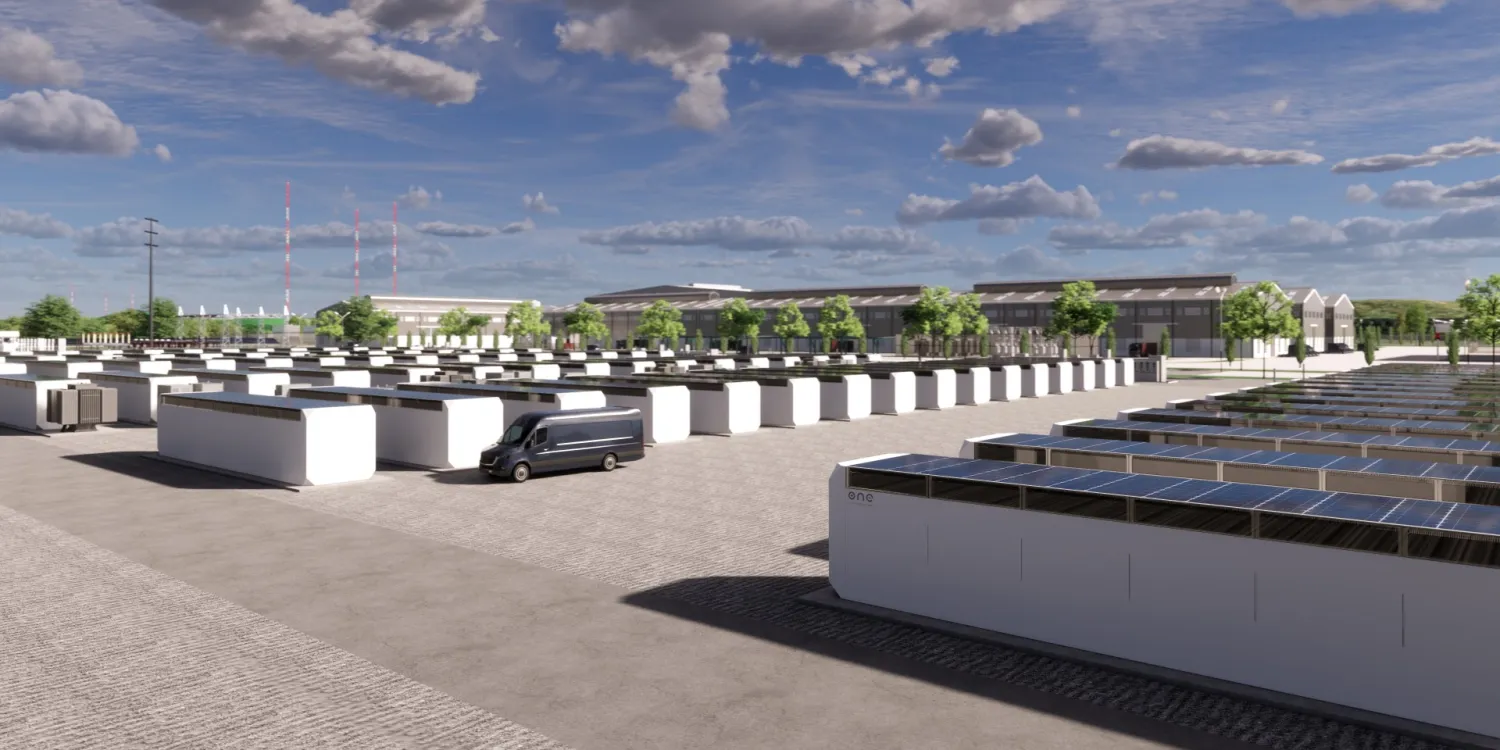
Developers plan to expand US battery storage capacity to more than 30 gigawatts (GW) by the end of 2024, according to the US Energy Information Administration (EIA).
Planned and currently operational US utility-scale battery capacity totaled around 16 GW at the end of 2023. Developers are expected to add another 15 GW of battery storage in 2024, and around 9 GW in 2025.
US battery storage capacity has been growing since 2021 and is anticipated to increase by 89% by the end of this year if all planned energy storage systems are brought online.
California and Texas currently account for the majority of battery capacity additions. Utilities are now mandated to install energy storage in California, and Texas has faster grid connection and permitting, which incentivizes developers.
California has the most installed battery storage capacity of any state by far, with 7.3 GW, followed by Texas with 3.2 GW. Both states have seen enormous solar and wind growth, which in turn spurs battery storage growth. The batteries store excess clean power in periods of low electricity demand, and release power when electricity demand is high.
The other 48 states have a total of around of 3.5 GW of installed battery storage capacity.
The Biden administration’s Inflation Reduction Act investment tax credits have played a huge part in spurring battery storage growth in the US. Developers expect to bring more than 300 utility-scale battery storage projects online in the US by 2025, and around half of the planned capacity installations will be in Texas.
